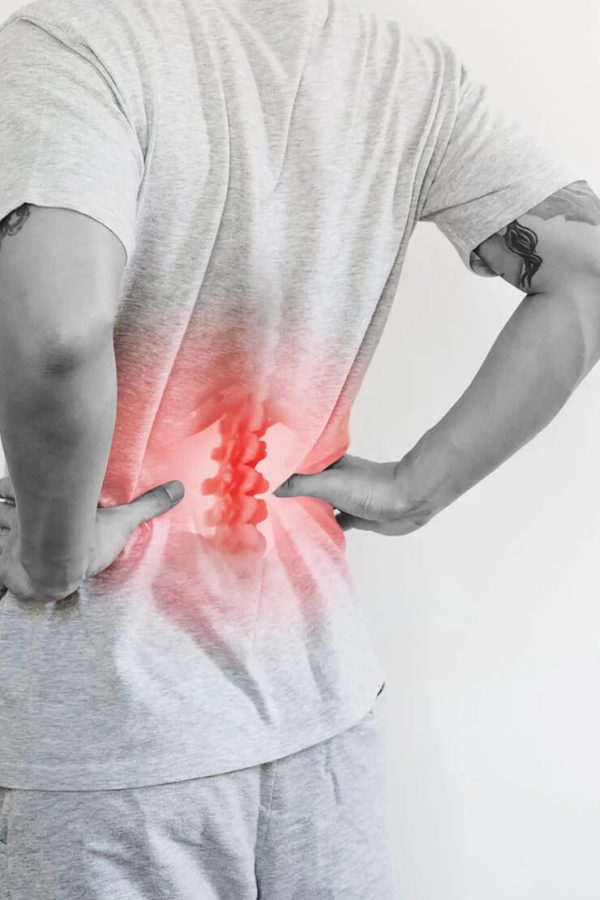Refer a Patient
iScope is currently accepting new patients. A referral from your primary care physician or specialist is required for consultations covered by your provincial plan. If you require rehabilitation services a referral is not required.
In a chronic pain management clinic Burnaby, medical professionals identify, manage, and treat patients with chronic pain. Doctors, physical therapists, psychiatrists, pain management experts, and other medical professionals might run these clinics. A Chronic Pain Management Clinic provides comprehensive, individually tailored care with the goal of enhancing the quality of life for those who suffer from chronic pain.
A pain clinic Burnaby offers a variety of services, including pharmaceutical management, physical therapy, cognitive-behavioral therapy, nerve blocks, acupuncture, and other in-office pain management methods. People with chronic pain and their families may also receive help and education from the clinic, including advice on how to alter their lifestyle, cope with stress, and find coping mechanisms.
A Pain Clinic Burnaby may be most helpful for those with chronic pain who haven’t found relief from conventional treatments or need a more all-encompassing approach to managing their pain. Working with a team of healthcare professionals will help people with chronic pain receive the individualized treatment and support they require to enhance their quality of life and better manage their pain.

Chronic pain typically lasts between three and six months past the recommended time for healing. It frequently results from a health issue or injury and has a big impact on someone’s physical and emotional health. There are numerous ways that chronic pain can manifest itself, including neuropathic pain, pain in the muscles and joints, and pain brought on by inflammation. It can be challenging to manage, and you may require a multidisciplinary strategy that combines prescription drugs, physical therapy, psychiatric counseling, and lifestyle changes. The goal of managing chronic pain is to reduce suffering and enhance quality of life. People who experience chronic pain may be better able to cope with their disease and lead fuller lives if their pain is well-managed.
When pain lasts more than three months, it is known as chronic pain syndrome. It’s possible that a sickness, an injury, or other factors are to blame for this pain. Different indications and symptoms of chronic pain syndrome may appear in other persons. Exhaustion, difficulty sleeping, anxiety, and depression are a few signs and symptoms.
Care for chronic pain syndrome can be challenging since it frequently necessitates input from a variety of specialists. It’s crucial to collaborate closely with medical experts to create a specialized treatment plan that meets the patient’s requirements and objectives. Treatment options for the illness include prescription drugs, physical therapy, psychotherapy, and alternative practices including acupuncture or meditation. Sometimes, you might require surgery.
Having a supportive group of individuals to draw on is crucial because dealing with chronic pain syndrome may be difficult on a person’s emotions as well. People with chronic pain syndrome may find it helpful to join a support group or speak with a counselor about their feelings.
Treatment for chronic pain syndrome must address both the physical and emotional aspects of the disorder. If they have the right support and treatment, people with chronic pain syndrome are capable of living full lives.
Monday: 9:00am – 5:00pm
Tuesday: 9:00am – 5:00pm
Wednesday: 9:00am – 5:00pm
Thursday: 9:00am – 5:00pm
Friday: 9:00am – 5:00pm
iScope is currently accepting new patients. A referral from your primary care physician or specialist is required for consultations covered by your provincial plan. If you require rehabilitation services a referral is not required.
Suite 830 – 475 West Georgia St Vancouver, BC V6B 4M9
P: 1-888-550-5508
F: 604-900-7676
Coming Soon Suite 301 – 1111 Lonsdale Ave North Vancouver, BC V7M 2H4
P: 1-888-550-5508
F: 604-900-7676
Suite 301 – 3185 Willingdon Green Burnaby, BC V5G 4P3
P: 1-888-550-5508
F: 604-900-7676
Opening soon at 3670 63 Ave NE , Suite 260
Calgary, AB
P: 1-888-550-5508
Suite 500 – 89 Queensway West Mississauga, ON L5B 2V2
P: 1-888-550-5508
F: 416-900-7006
Coming Soon Virtual Clinic Now Open
P: 1-888-550-5508
© Copyright 2023 Iscope Concussion and Pain Clinics. All Rights Reserved